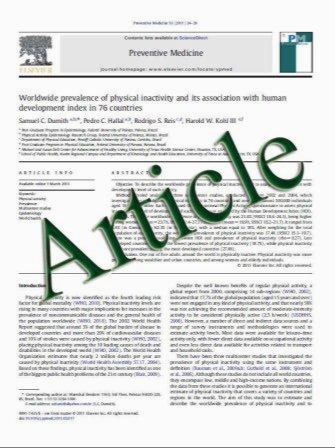Revolver and Superior: Novel Transposon-Like Gene Families of the Plant Kingdom
- نوع فایل : کتاب
- زبان : انگلیسی
- مؤلف : Motonori Tomita*
- چاپ و سال / کشور: 2010
Description
High-throughput sequencing of eukaryotic genomes has revived interest in the structure and function of repetitive genomic sequences, previously referred to as junk DNA. Repetitive sequences, including transposable elements, are now believed to play a significant role in genomic differentiation and evolution. Some are also expressed as regulatory noncoding RNAs. Vast DNA databases exist for higher eukaryotes; however, with the exception of homologues of known repetitive-sequence-families and transposable elements, most repetitive elements still need to be annotated. Revolver and Superior, both discovered in the Triticeae, are novel classes of transposon- like genes and major components of large cereal genomes. Revolver was isolated from rye via genome subtraction of sequences common to rye and wheat. Superior was isolated from rye by cleavage with EcoO109I, the recognition sites of which consist of a 5..- PuGGNCCPy-3.. multi-sequence. Revolver is 2929–3041 bp long with an inverted repeat sequence on each end. The Superior family elements are 1292–1432 bp in length, with divergent 5.. regions, indicating the presence of considerable structural diversity. Revolver and Superior are transcriptionally active elements; Revolver harbors a single gene consisting of three exons and two introns, encoding a protein of 139 amino acid residues. Revolver variants range in size from 2665 bp to 4269 bp, with some variants lacking the 5.. region, indicating structural diversity around the first exon. Revolver and Superior are dispersed across all seven chromosomes of rye. Revolver has existed since the diploid progenitor of wheat, and has been amplified or lost in several species during the evolution of the Triticeae. This article reviews the recently discovered Revolver and Superior families of plant transposons, which do not share identity with any known autonomous transposable elements or repetitive elements from any living species.
Current Genomics, 2010, 11, 62-69 Received on: September 09, 2009 - Revised on: October 29, 2009 - Accepted on: October 29, 2009


